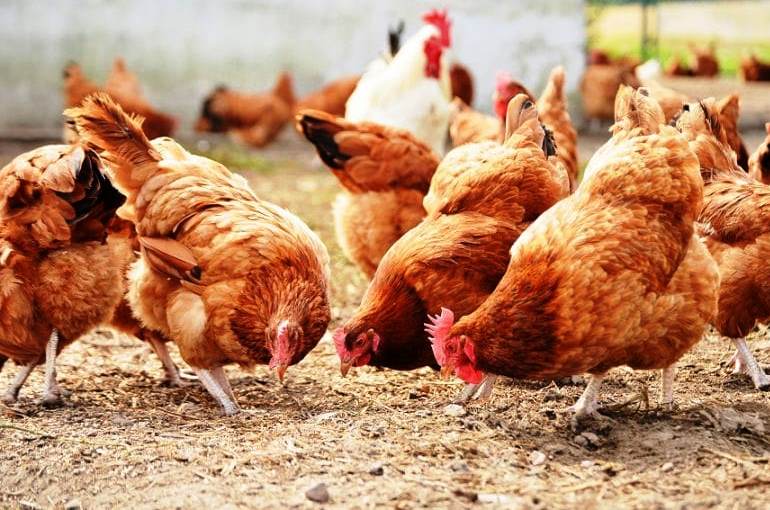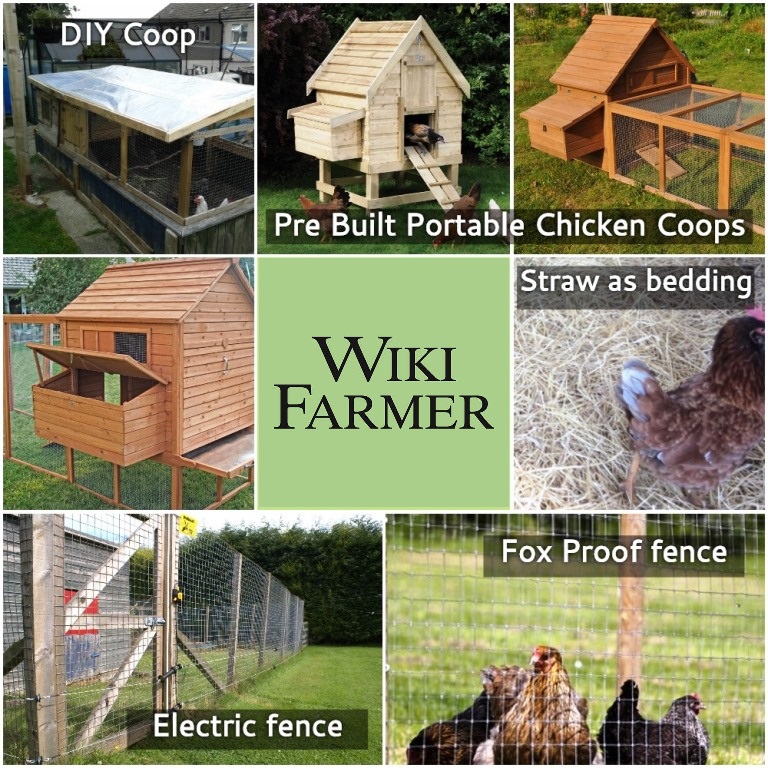Chicken Coop – Hen House

This post is also available in:
This post is also available in:
![]() Español (Spanish)
Español (Spanish) ![]() Français (French)
Français (French) ![]() Deutsch (German)
Deutsch (German) ![]() Nederlands (Dutch)
Nederlands (Dutch) ![]() हिन्दी (Hindi)
हिन्दी (Hindi) ![]() العربية (Arabic)
العربية (Arabic) ![]() Türkçe (Turkish)
Türkçe (Turkish) ![]() 简体中文 (Chinese (Simplified))
简体中文 (Chinese (Simplified)) ![]() Русский (Russian)
Русский (Russian) ![]() Italiano (Italian)
Italiano (Italian) ![]() Ελληνικά (Greek)
Ελληνικά (Greek) ![]() Português (Portuguese (Brazil))
Português (Portuguese (Brazil)) ![]() Tiếng Việt (Vietnamese)
Tiếng Việt (Vietnamese) ![]() Indonesia (Indonesian)
Indonesia (Indonesian) ![]() 한국어 (Korean)
한국어 (Korean) ![]() polski (Polish)
polski (Polish)
How to design the Chicken Place
The infrastructure is very important when raising chickens in our yard. In order to raise healthy and thriving chickens that will produce quality eggs daily, we need to have a clean, fully insulated, well ventilated and well lit hen house. It is highly recommended to design and build or buy the coop well before you welcome the chickens in your backyard. Chicken houses start from as low as 80$ (for 2 chickens), and can cost more than 5.000$ (for a dozen chickens). On average, you need 6 square ft. (0,5 square meter) for every chicken, and this is only for the coop. You will also need a field, so that your chickens will wander searching for their natural food (pasture, insects, worms etc.). Finally, you need a good fence.
As far as the coop is concerned, it will function as shelter and will protect the chickens from cold, extreme heat, sunburn and various predators. If you have a big field with rich and diverse pasture and if the temperature is mild all year round, the chickens will only use the coop for sleeping and laying eggs. If your chickens are not free to graze in a field, you need a larger coop to accommodate them most of the day. In all cases, it is beneficial to place a big fan and at least 2 heat lamps for every 4 chickens inside the coop. The reason is that the egg laying rate generally slows down when there are very high or very low temperatures. Through the fan and the heat lamps, we help the chickens by maintaining a normal temperature inside the coop. It is also beneficial to put a light inside the coop. Light is believed to promote the laying of eggs. There are numerous experienced farmers that collect hundreds of eggs daily without having any artificial light, but the artificial light is believed to help the average chicken farmer. Many chicken farmers claim that they systematically collect more eggs when they switch on the light at 5 am and switch it off at 8 pm. Some farmers also claim that the artificial light inside the coop calms down the chickens and prevent them from being aggressive and attack each other.
It is also necessary to put straw, hay, sand and/or wood shavings as bedding inside the coop. Bedding is necessary for various reasons (protects the chicken legs from injuries) and it will surely make it easier for you to clean the coop from chickens’ waste. Many farmers also place nest boxes inside the coops, so as to offer their chickens a secured and protected place to lay their eggs.

Finally, an important parameter when raising chickens in your backyard is the fence. The predators may be closer than you think. For example, your neighbor’s dog will most probably try to attack the chickens, and in that case only a reinforced tall wired fence can protect them. Foxes, raccoons, wolfs, coyotes and others are also notorious chicken hunters. Apart from normal wired fences, there are also electric fences designed especially for poultry predators.
You can enrich this article by leaving a comment or photo of your coop, fence and grazing area.
2.) Chicken Coop – Hen House
3.) How to select chickens for eggs or meat
6.) Backyard Chicken Health & Diseases
Do you have experience in Chicken farming? Please share your experience, methods and practices in the comments below. All the content you add will be soon reviewed by our agronomists. Once approved, it will be added to Wikifarmer.com and it will influence positively thousands of new and experienced farmers across the world.








































































